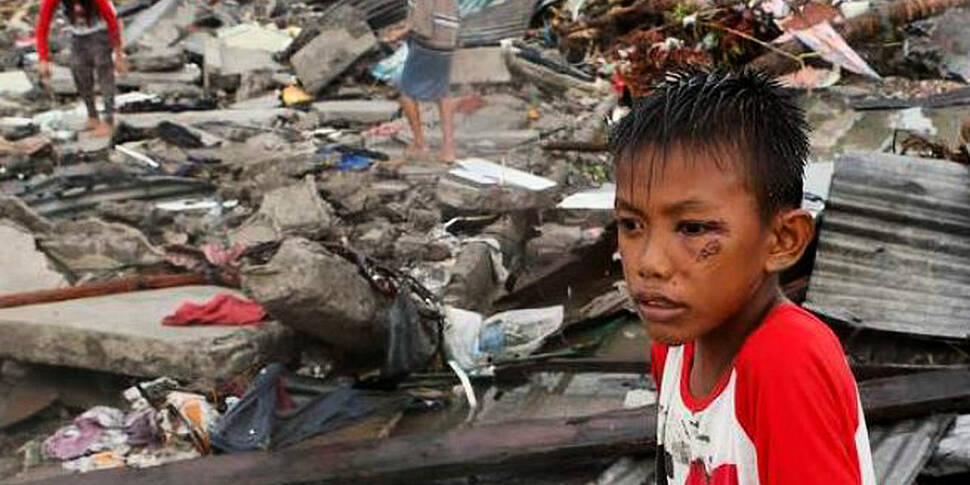Update: 13:00
The death toll from Typhoon Haiyan in the devastated coastal city of Tacloban has now reached 4,000 alone, according to a city hall bulletin.
The figure is the first public acknowledgement that the number of fatalities has exceeded an estimate provided by Philippine President Benigno Aquino, who said this week the predicted death toll would be closer to 2,500.
On Thursday, official confirmed deaths nationwide stood at 2,357 after the November 8th disaster.
President Aquino has faced mounting pressure to speed up the distribution of aid.
Aid organisations have said the logistical issues of distributing aid are enormous. There has been a renewed international push for aid after the UN admitted yesterday it had been too slow to reach the victims of the storm.

The United Nations World Food Programme is supplying food aid. Image: WFP
Survivors are still begging for help, watching as supplies including rice and high-energy biscuits pile up at the airport in the shattered city of Tacloban.
However, US military aircraft are beginning to bring in aid and the UK is sending a navy ship to help the relief effort.
Glenda Despecemento is running a relief shelter in a former school on Bantayan Island - which is helping 57 families.
There has also been confusion over the number of fatalities in the disaster.
A notice board in Tacloban City Hall said the toll had doubled overnight to 4,000 deaths. That figure is compiled by local officials who began burying bodies in a mass grave on Thursday.
But the UN, citing government figures, put the latest overall death toll at 4,460.
Preliminary numbers of those missing remained at 22,000, according to the Red Cross.

Image: WFP
Tacloban Mayor Alfred Romualdez said some victims may have been swept out to sea after a tsunami-like wall of seawater slammed into coastal areas.
Mr Aquino said initial estimates of 10,000 dead by local officials were overstated by "emotional trauma".
Survivors have grown increasingly desperate and angry over the speed of aid distribution, which has been hindered by looting, a lack of fuel for rescue vehicles and debris-choked roads.
It comes as helicopters from the USS George Washington aircraft carrier began flying food, water and medical teams to ravaged regions on the islands.









